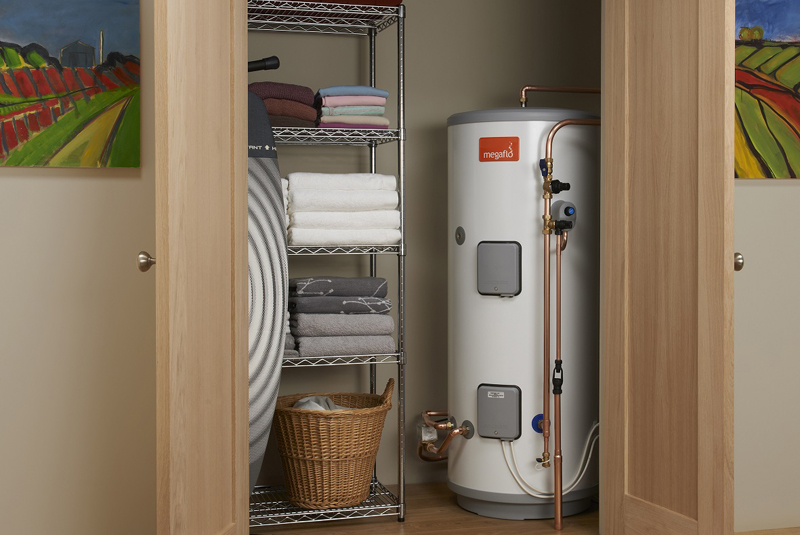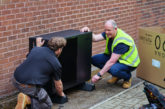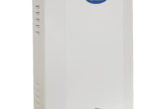
As part of its Love Your Cylinder campaign, Heatrae Sadia has launched a digital advice series to help answer some common questions for installers.
A rise in multi-generational households means that cylinders are an increasingly appropriate choice for homeowners, and with research highlighting the boost that a boiler and bathroom renovation can bring to a home’s value, this trend looks set to continue. Despite this, there remain a number of recurring questions amongst installers, on topics such as how they work, when they should be installed, and the level of training required.
David Cook, Residential Sales Director – UK & Ireland at Heatrae Sadia, comments: “Hot water cylinders present a brilliant opportunity to add value to a plumbing and heating business. The increase in multigenerational living and the aspirational appeal of high-performance water systems means that installers will come into increasing contact with hot water cylinders.
“But we also know that installers are incredibly busy, which is why we’ve created a downloadable and concise set of FAQs that can be taken on-the-go, providing a handy reference tool whenever it is required.”
The guide follows the results of an online quiz that was hosted on the Heatrae Sadia website, which helped to highlight potential gaps in heating engineers’ knowledge. For example, only 37% of respondents were aware that plastic pipework can be fitted to a hot water cylinder.
The quiz also found that nearly 20% of participants were unaware installers must be G3 certified to fit a hot water cylinder. The FAQs guide addresses this, alongside covering a range of key points, such as the difference between vented and unvented. It then goes into more detail by outlining the questions that an installer should ask ahead of specifying a cylinder, which entails assessing how much water a household needs (depending on a range of factors, including number of occupants).
Finally, the guide moves on to the nitty-gritty of installation, before emphasising the importance of servicing, recommending timescales and the process that needs to be followed.
David concludes: “The Love Your Cylinder campaign is designed to do just that – to get installers and homeowners talking about hot water cylinders and the value they can bring to a property. The guide aims to create a greater awareness of the benefits of a cylinder, and provide advice on the process of fitting one.”
The Love Your Cylinder guide can be found at www.heatraesadia.com/loveyourcylinderFAQ













